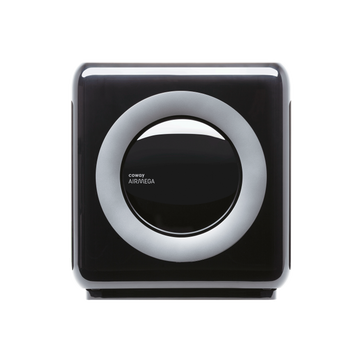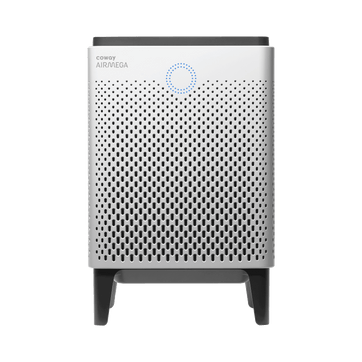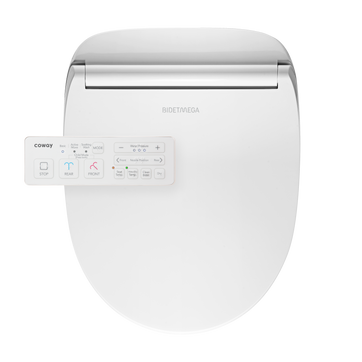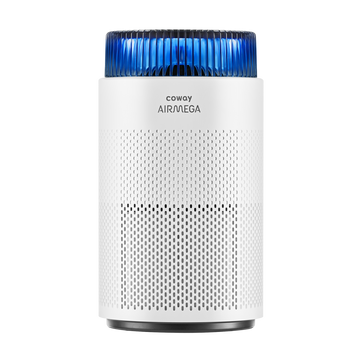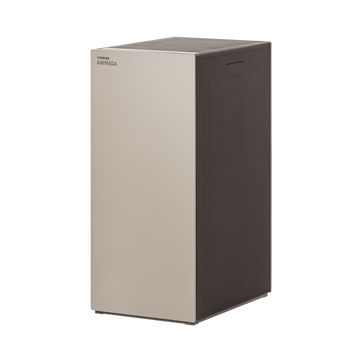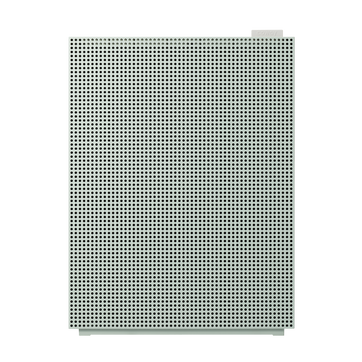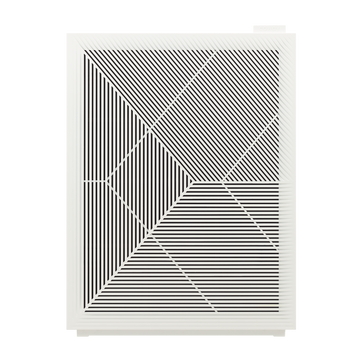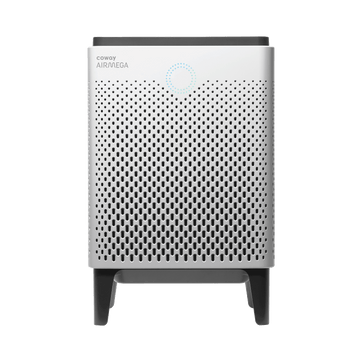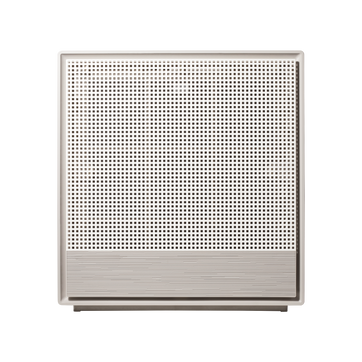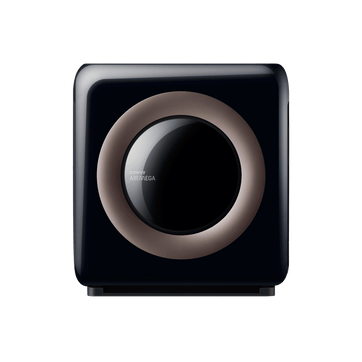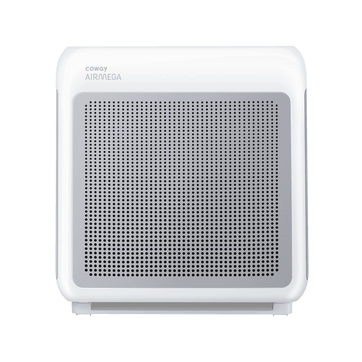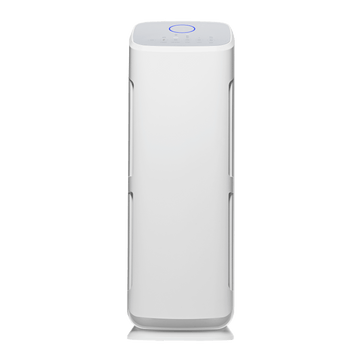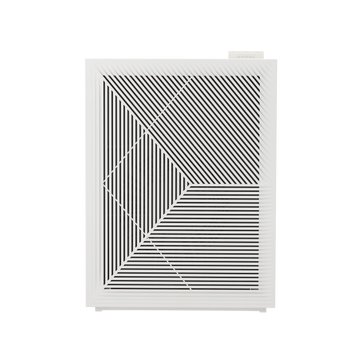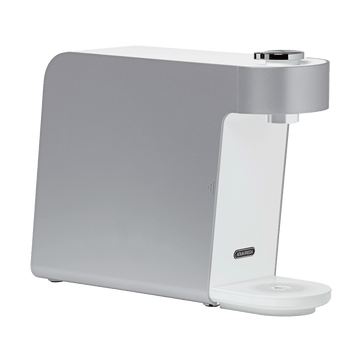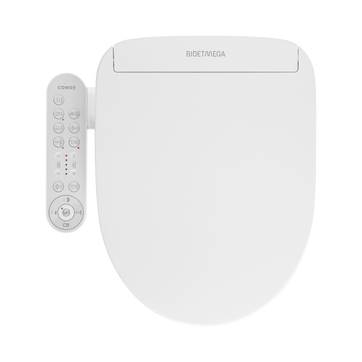
Breathe Easy: How to Improve Indoor Air Quality While Traveling
Hitting the road offers a world of new experiences and adventures. However, one potential pitfall is the stale, recirculated air in hotel rooms and other travel accommodations. Poor indoor air quality can worsen allergy and asthma symptoms, making it harder to breathe easy.
The good news is that simple strategies like using a portable air purifier, opening windows, and avoiding harsh chemicals can significantly improve indoor air quality while traveling. Follow these tips to enhance your respiratory health on your next trip.
1. When Traveling in an RV or Van, Bring a Portable Air Purifier
One of the best ways to improve air quality is by bringing a portable air purifier with advanced filtration. If you’re traveling in an RV or van, for example, bringing along a compact and efficient air purifier like the Airmega 100 is easy. The Airmega 100's small size and lightweight design make it highly portable, allowing you to easily pack it in your RV without taking up much space. This is crucial in the limited confines of an RV, where every inch counts.
Moreover, maintaining good air quality is especially important in the compact environment of an RV. Cooking, pet dander, and outside pollutants can quickly accumulate in the small space, potentially triggering allergies or respiratory issues. The Airmega 100's powerful 3-stage filtration system effectively removes these pollutants, ensuring you and your family breathe clean, healthy air throughout your travels. With its quiet operation, energy efficiency, and ability to cover spaces up to 810 square feet, the Airmega 100 is the perfect air-purifying companion to bring along on your RV adventures for a more comfortable and enjoyable trip.
Keep in mind that our Coway Airmega models feature a certified HEPA filter that captures 99.97% of particles 0.3 microns or larger, including pollen, dust, and smoke. Its activated carbon filter traps 99% of fumes, odors, and gasses. Most impressively, the filtration system removes up to 99.999% of nano-sized particles down to 0.01 microns. These ultra-fine particles can easily penetrate and inflame the lungs, worsening respiratory issues. Using a high-performance air purifier in your hotel room creates a cleaner, fresher breathing environment.
2. Open Windows When Possible
If you’re staying in a hotel, the rooms are likely well-insulated and sealed to boost energy efficiency. Still, the lack of fresh air circulation means indoor pollutants get trapped inside. Whenever possible, open windows to let in outdoor air and increase ventilation. Even 10-20 minutes per day can make a difference.
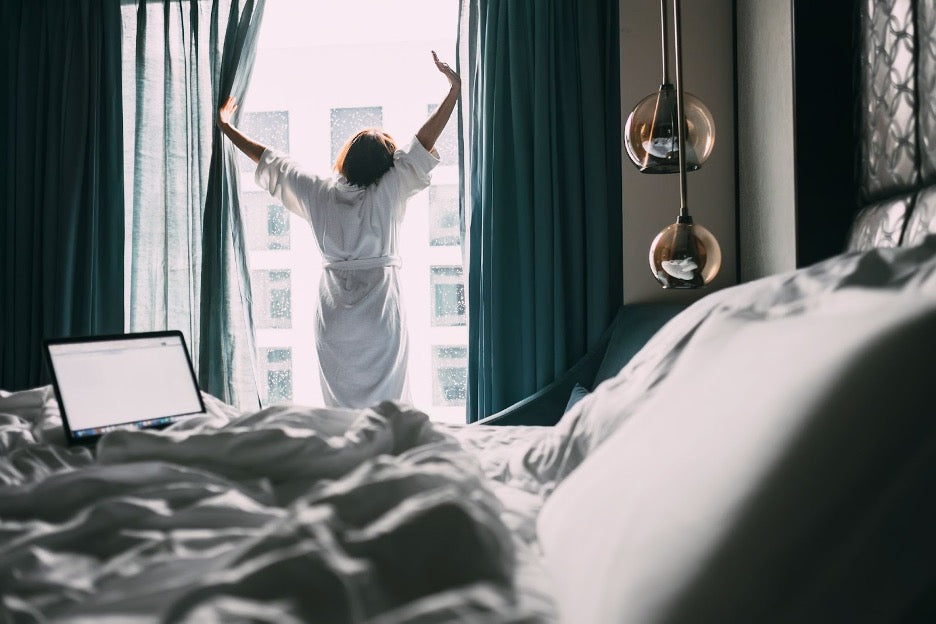
3. Avoid Strong Fragrances and Harsh Cleaners
Heavily fragranced cleaning products and air fresheners found in hotels release volatile organic compounds (VOCs) that can irritate airways. Skip using optional fragranced supplies and products in your room during your stay.
Also, avoid smoking or being around secondhand smoke, as cigarette particles quickly contaminate the air. The same goes for strong smells from scented candles, incense, and potpourri - steer clear to protect your lungs.

4. Wash Hotel Bedding Right Away
Microscopic allergens and dust mites can accumulate in bedding fiber over time. For peace of mind, consider washing all bedding (sheets, pillowcases, blankets, etc.) on high heat with unscented detergent upon arrival or bringing your own linens from home.
5. Allow for Adjustment Time
Even minor changes in air composition, humidity and temperature can aggravate some respiratory conditions, especially after traveling to a new climate or elevation. If heading somewhere with environmental differences, give your body a few days to adjust before physical exertion.
6. Follow Asthma Management Best Practices
Make sure to pack all prescribed medications, both control and rescue inhalers. Clean any portable medical equipment like nebulizers. Stay vigilant about avoiding individualized triggers. And don't skip doses, even if you feel good.
With some proactive planning and the right precautions, you can minimize the impacts of poor indoor air on your breathing during travel. An air purifier, proper ventilation, and avoiding irritants create a cleaner, healthier environment away from home.
Sources
UPMC - How Air Quality Affects Allergies and Asthma
EPA - What Is a HEPA Filter?
EMM - Mechanisms of ultrafine particle-induced respiratory health effects
EPA - Improving Indoor Air Quality
NIH - Fragranced consumer products: exposures and effects from emissions
CDC - Health Problems Caused by Secondhand Smoke
Mayo Clinic - Dust mite allergy
NIH - Climate change, air quality, and respiratory health: a focus on particle deposition in the lungs
Disclaimers
1Coway air purifiers have been proven to trap dust, pollen, dander, viruses and bacteria in the air based on KCL (Korea Conformity Laboratories) testing.They have been tested in a 30㎥ size chamber according to the Korea Air Cleaning Association standard (SPS-KACA 002-132:2022 Modified) to measure the 0.01㎛ size of particle removal rate. It was tested on maximum airflow speed in normal room temperature and humidity conditions. The performance may vary in the actual living environment of customers.
→ Tested with Airmega Aim, 100, 150, 160, AP-1216L, AP-1512HH, AP-1512HHS, 200M, Icon, IconS, 230, 240, 250, 250 Art, 250S, 300, 300S, 400, 400S, ProX
299.97% of viruses, bacteria, fungi and pollen were verified to be removed from the air for Coway air purifiers which have Green True HEPA™ filter applied based on the Japan Food Research Laboratories(JFRL) testing according to JEM 1467 standard.
→ Tested with Coway Airmega AP-1512HH, AP-1512HHS, 250, 250 Art, 250S, 300, 300S, 400, 400S
→ All tested by JFRL and received above result within below time.
All tested by JFRL and received above result within below time.
- Virus: Tested with Escherichia coli phage ΦX174 NBRC 103405, 60 minutes
- Bacteria: Tested with Staphylococcus epidermidis NBRC 12993, 60 minutes
- Fungi/Mold: Tested with Penicillium citrinum NBRC 6352, 60 minutes
- Pollen: Tested with Cedar Pollen extract, 60 minutes
3Aerosol test conducted in a Biosafety level 3 laboratory with two Coway air purifier models, Coway Airmega 250 and 400 for removal of SARS-CoV-2 Aerosol by US based MRI Global, a not-for-profit laboratory and partner of US Department of Defense. The test was conducted in a 13.1ft3 chamber. Virus was aerosolized for 15 minutes and the product was turned on high for 2 minutes. Result showed each product effectively removed over 99.98% of the SARS-CoV-2 in 2 minutes. This is a result from a laboratory experiment condition and result may vary in different conditions. This result does not imply it kills SARS-CoV-2 or prevents the transmission of Covid-19. Coway Airmega 250S and 400S are identical to the tested models and has equal performance with an additional mobile connectivity function.
4The concentration of ammonia, acetaldehyde and acetic acid were proven to be removed within 30 minutes by FCG Research Institute, Inc. Human Life Science Lab. It is not a demonstration result in the actual use space. Not all odors and gases may be supported. → Tested with Coway Airmega 150, 160, AP-1512HH, AP-1512HHS, 400, 400S
5The coverage area of the air purifier is based on an area where the air cleaner can make two air changes per hour (ACPH). An air change per hour translates to how many times an air purifier can clean an area, assuming the height of a ceiling to be 8 ft, in one hour. Therefore ** means two air changes per hour means that the cleaner can clean the area once every 30 minutes and * means air changes per hour means that the air purifier can clean the area once every 60 minutes.
10Terms and conditions apply. Discounts, including promotions, coupons, bundle discount and subscription discount, cannot be stacked on top of other coupons. During promotional periods, discount codes will not be able to be applied to orders. Promo codes may apply to products only—filters, accessories, and new products within 3 months of the release date are not included.
